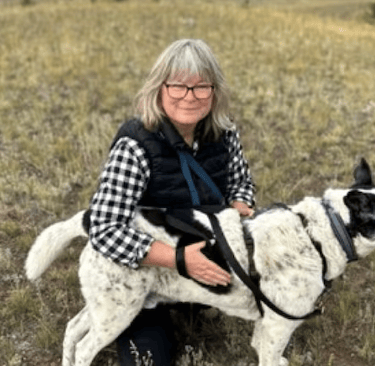From Fire Zones to Safer Shores: Wildfire Displacement in B.C. Leaves Lasting Impact
Sarah Desjardins
7/16/20252 min read


When Michelle Feist moved to the quiet village of Lytton in 2016, she envisioned a peaceful new beginning after her husband’s passing. But after a devastating wildfire reduced most of the community to ash in 2021, she found she couldn’t return — emotionally or physically.
"The consequences are lasting," said Feist. "I will never be as I was before the fire."
Like many Lytton residents, Feist initially relocated — first to Williams Lake, but found herself haunted by the same seasonal smoke and fear. This February, she made the difficult decision to move again, settling in a condo in Parksville on Vancouver Island.
“I love nature. I miss having a garden,” she said. “But it’s nice to breathe and not dread the season.”
Feist is not alone. Several of her former neighbours have also left Lytton, with some going as far as other provinces — a reflection of what experts say may be a growing but poorly understood trend: climate migration.
‘Hard Choices’ for Fire-Zone Communities
Sarah Kamal, a disaster displacement researcher at the University of British Columbia, says fire-prone communities are increasingly facing difficult choices about whether to stay or go.
"The vulnerability is very real,” said Kamal. “These communities are having to decide if they have the resources to rebuild and protect themselves — and often, they don’t.”
For remote or under-resourced towns, she says, wildfire defense can be logistically and financially unfeasible. Indigenous communities in particular may face heartbreaking choices, given their deep cultural ties to the land.
“If you do leave, you’re not just giving up property — you’re leaving behind your traditions, your people, your identity,” she said.
Thousands Evacuated — But Where Do They Go?
Over 7,000 people were evacuated during B.C.'s 2024 wildfire season, and tens of thousands more the year before. But how many of those people choose never to return is an open question.
Mayor Barbara Roden of Ashcroft — a community in the wildfire-prone Thompson-Nicola Regional District — says it’s nearly impossible to track.
"People move for all sorts of reasons," said Roden. "But I’m definitely seeing more people asking about wildfire risk before they move here. That didn’t happen before."
Roden emphasizes the role municipalities must play in emergency readiness — from evacuation planning and community alerts to encouraging residents to make their homes more fire-resilient.
“They need to be the calm voice in a crisis,” she said.
Data Gaps on Climate Migration
Despite growing concerns, little is known about how many British Columbians are making permanent moves due to wildfire threats. The B.C. Wildfire Service confirmed to CBC News that the province does not track wildfire-driven migration.
Farrukh Chishtie, a researcher with UBC’s climate migration group, says this lack of data is a problem.
“We know people are relocating because of fires, but where are they going? What are they experiencing? We don’t know,” said Chishtie.
He says understanding the human dimensions of climate change — like relocation struggles — is essential to shaping future policy and disaster planning.
Living With Vigilance
Feist acknowledges her privilege in being able to move — many cannot. And while she’s found more physical safety in her new home, the trauma lingers.
“Some disaster could happen here, too. But it’s probably not going to be wildfire,” she said.
Still, she admits: “There’s a sense of vigilance that never leaves.”
News
Stay updated with the latest BC news stories, subscribe to our newsletter today.
SUBSCRIBE
© 2025 Innovatory Labs Inc.. All rights reserved.
LINKS
